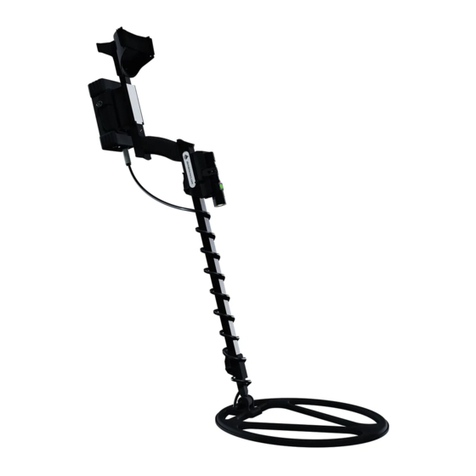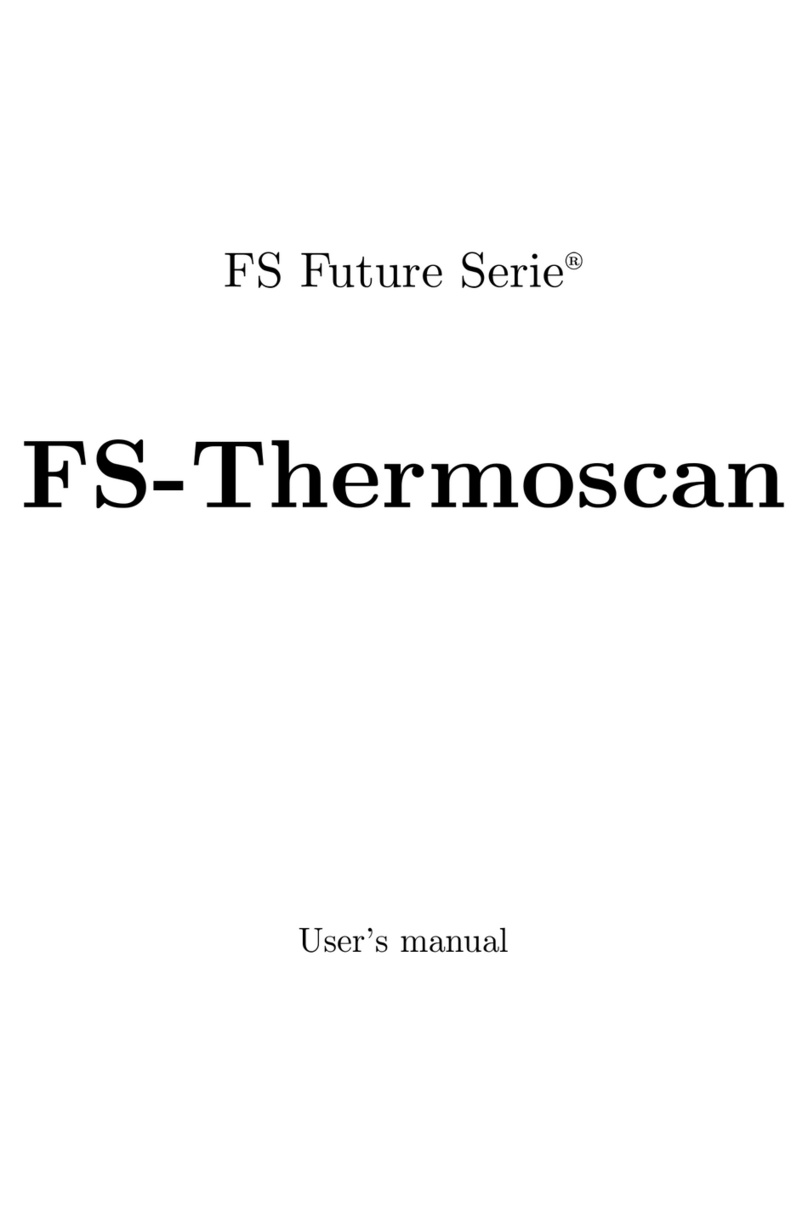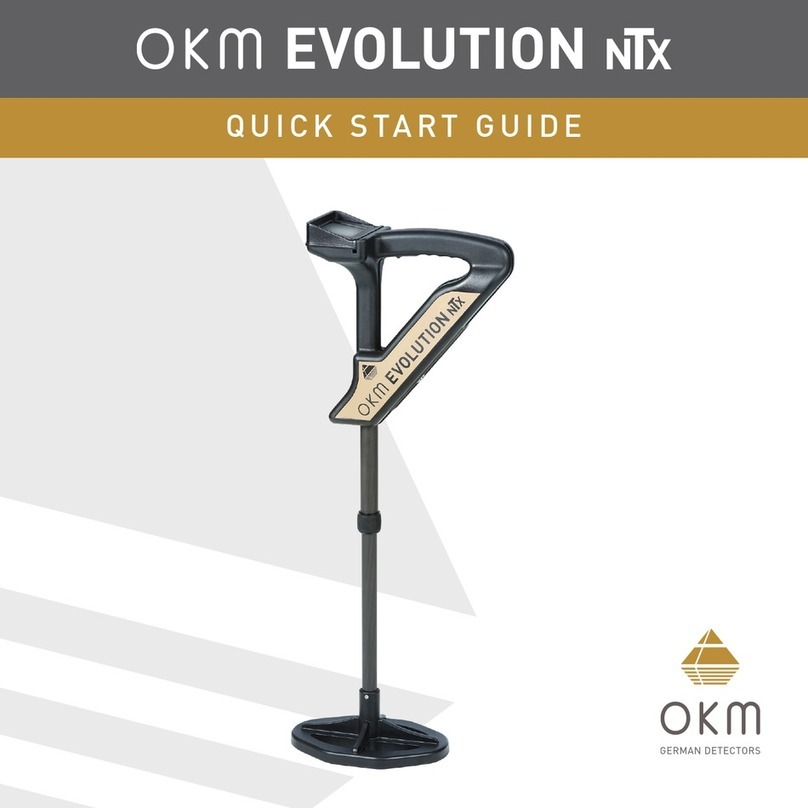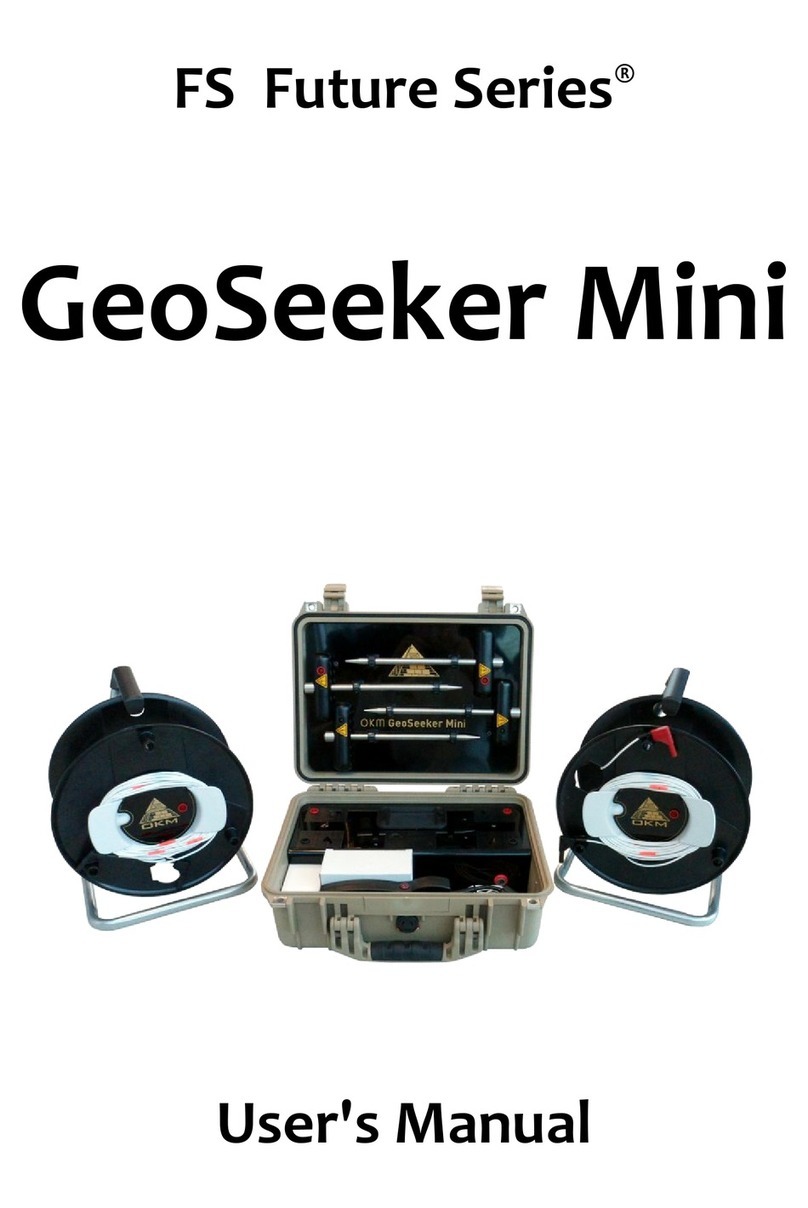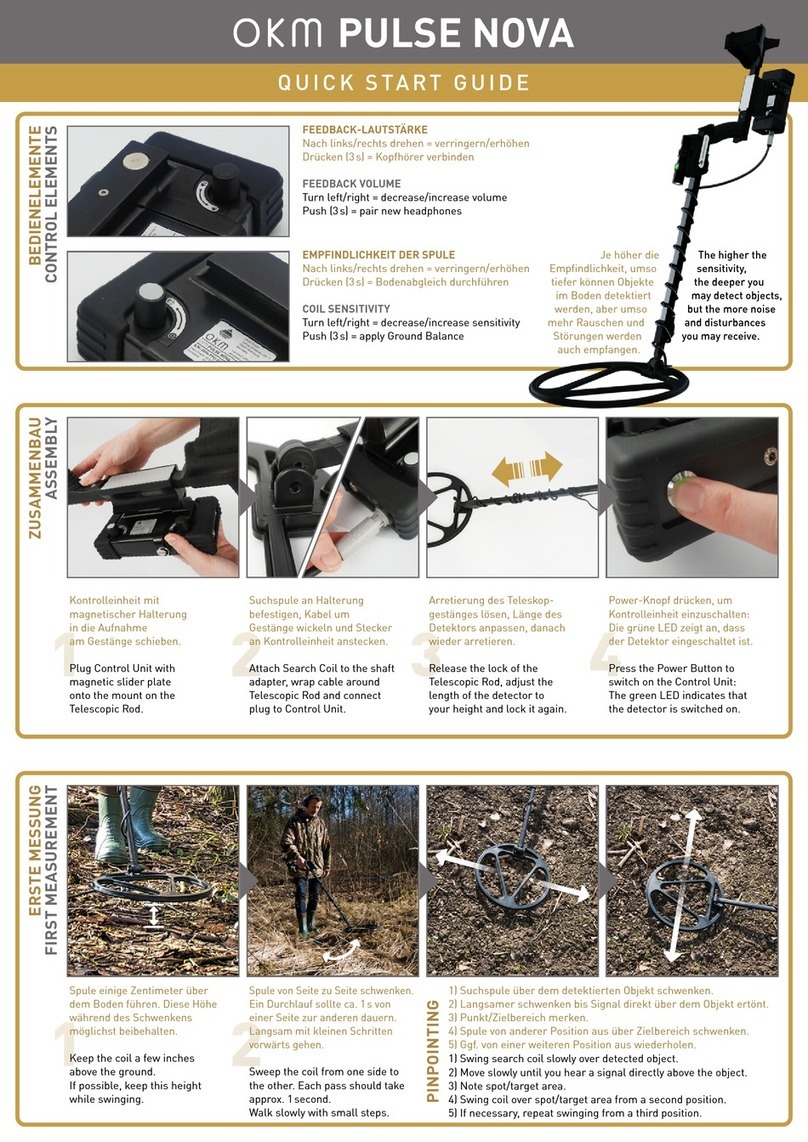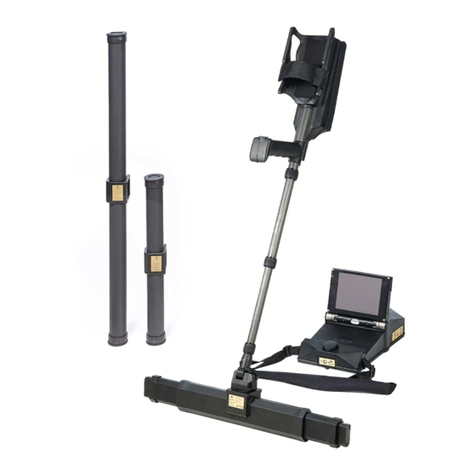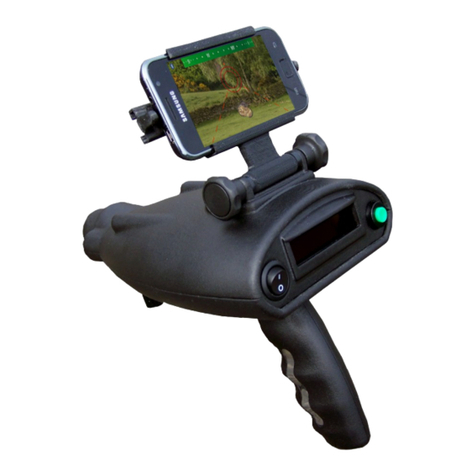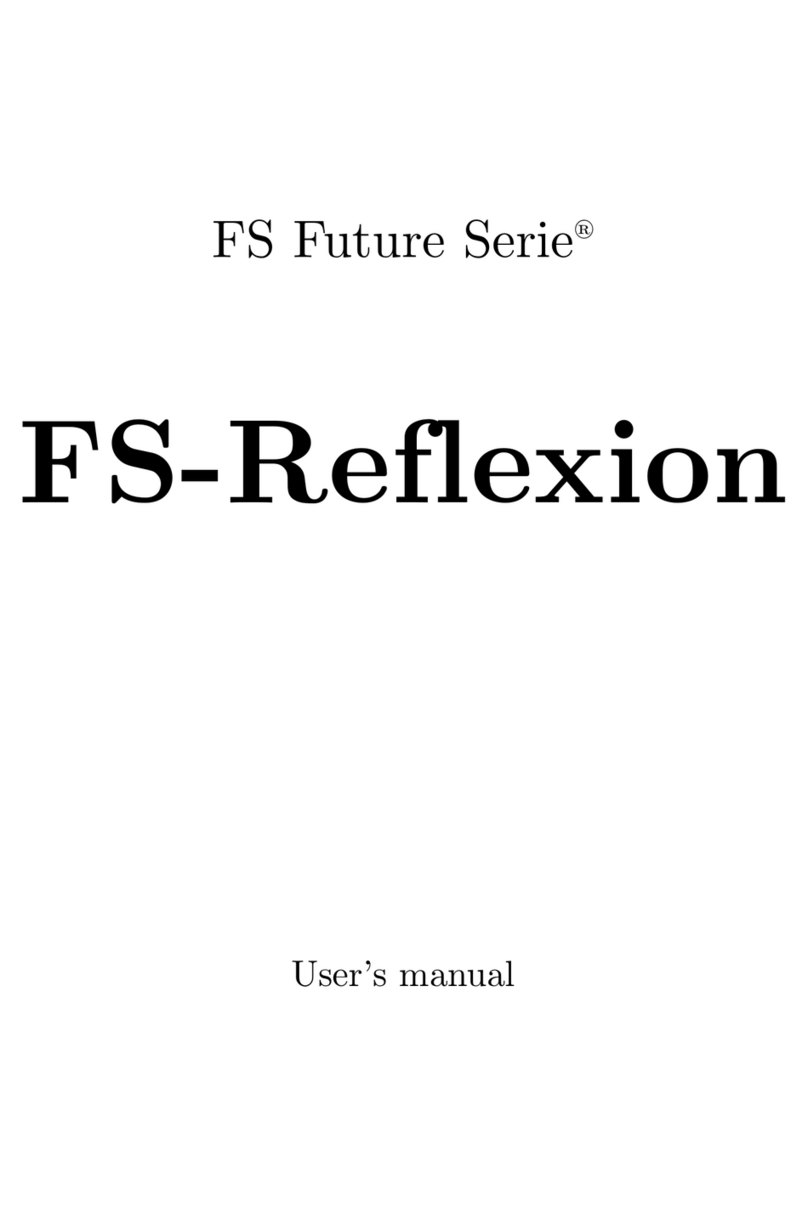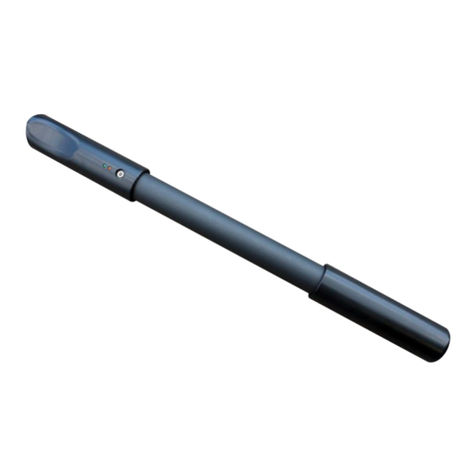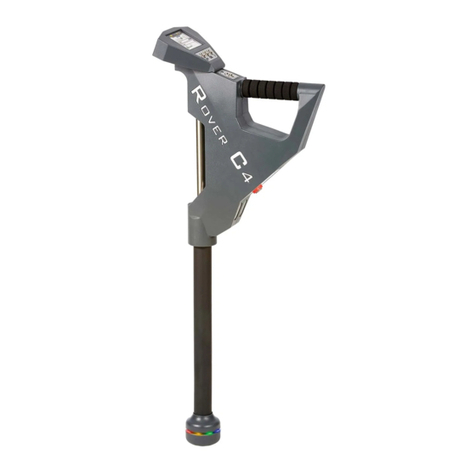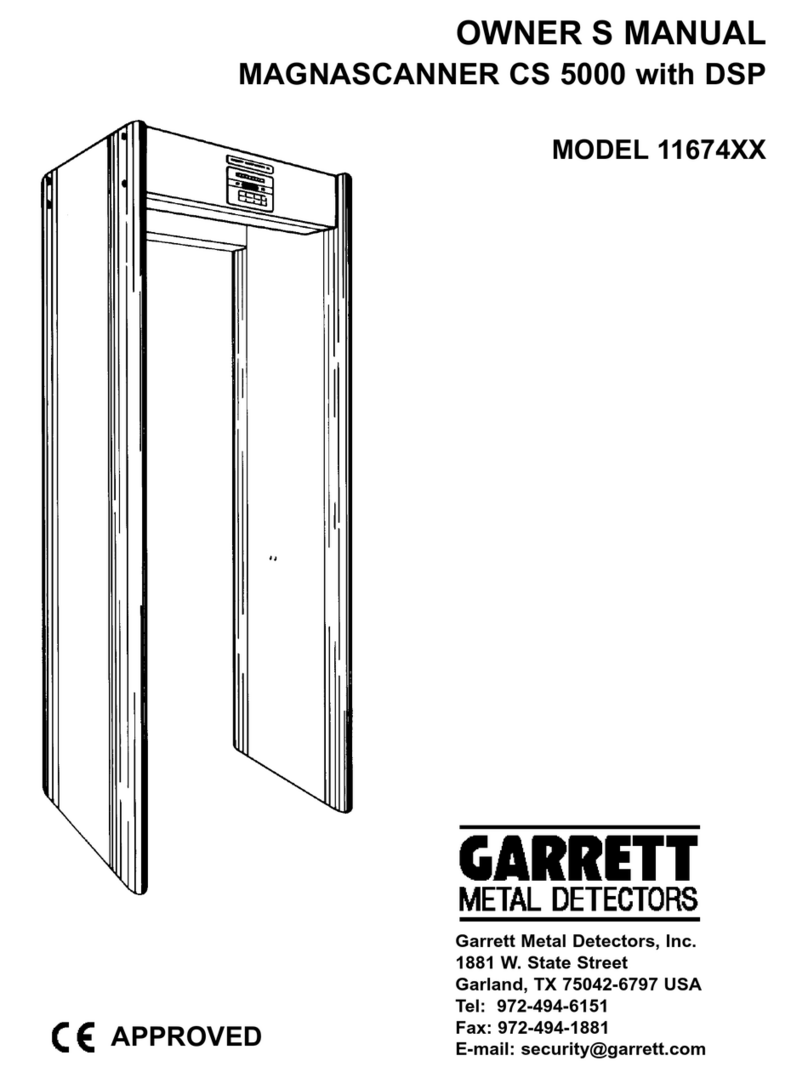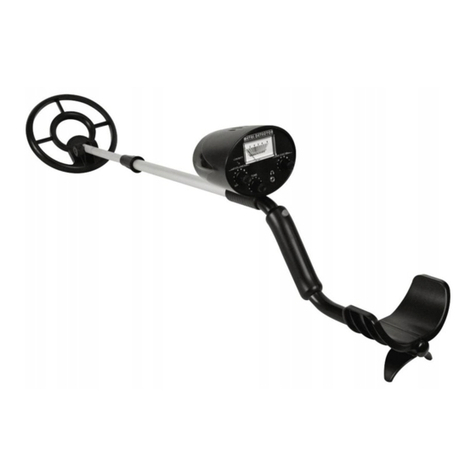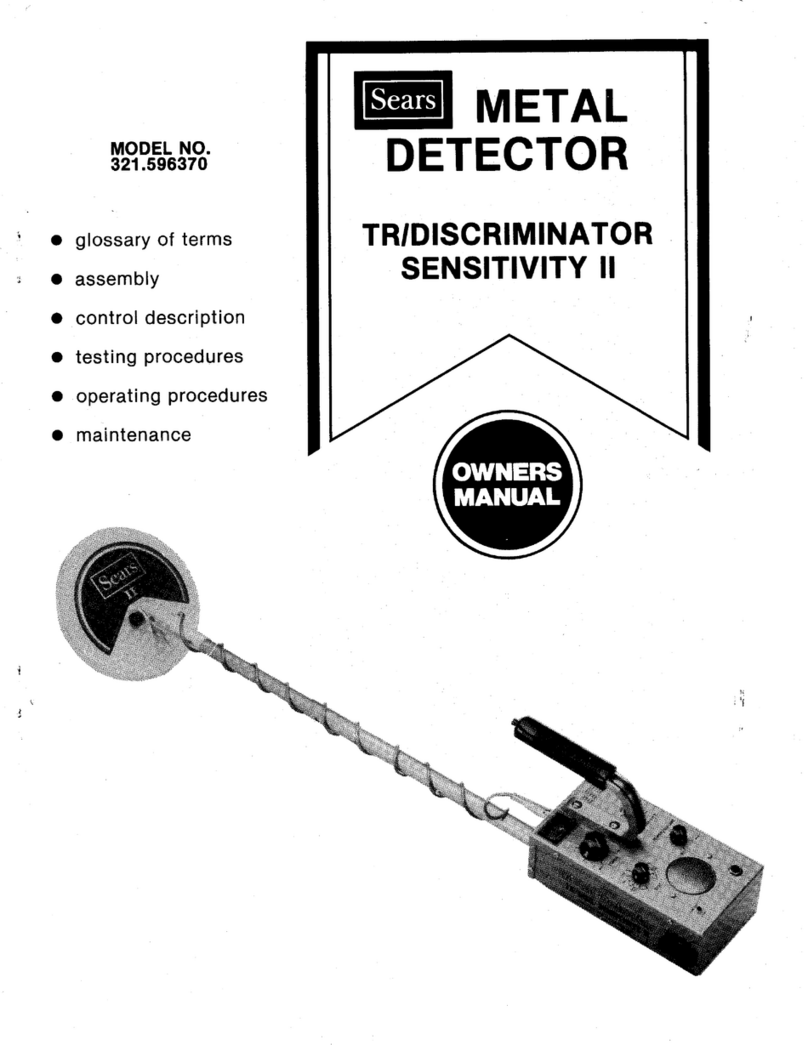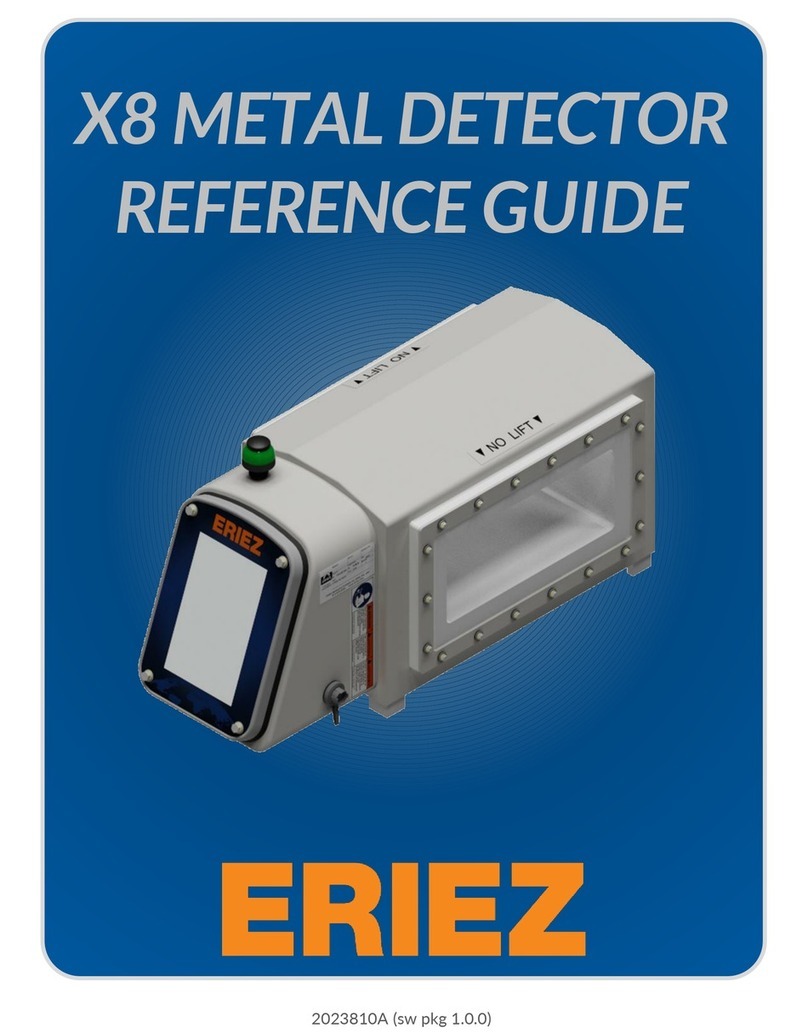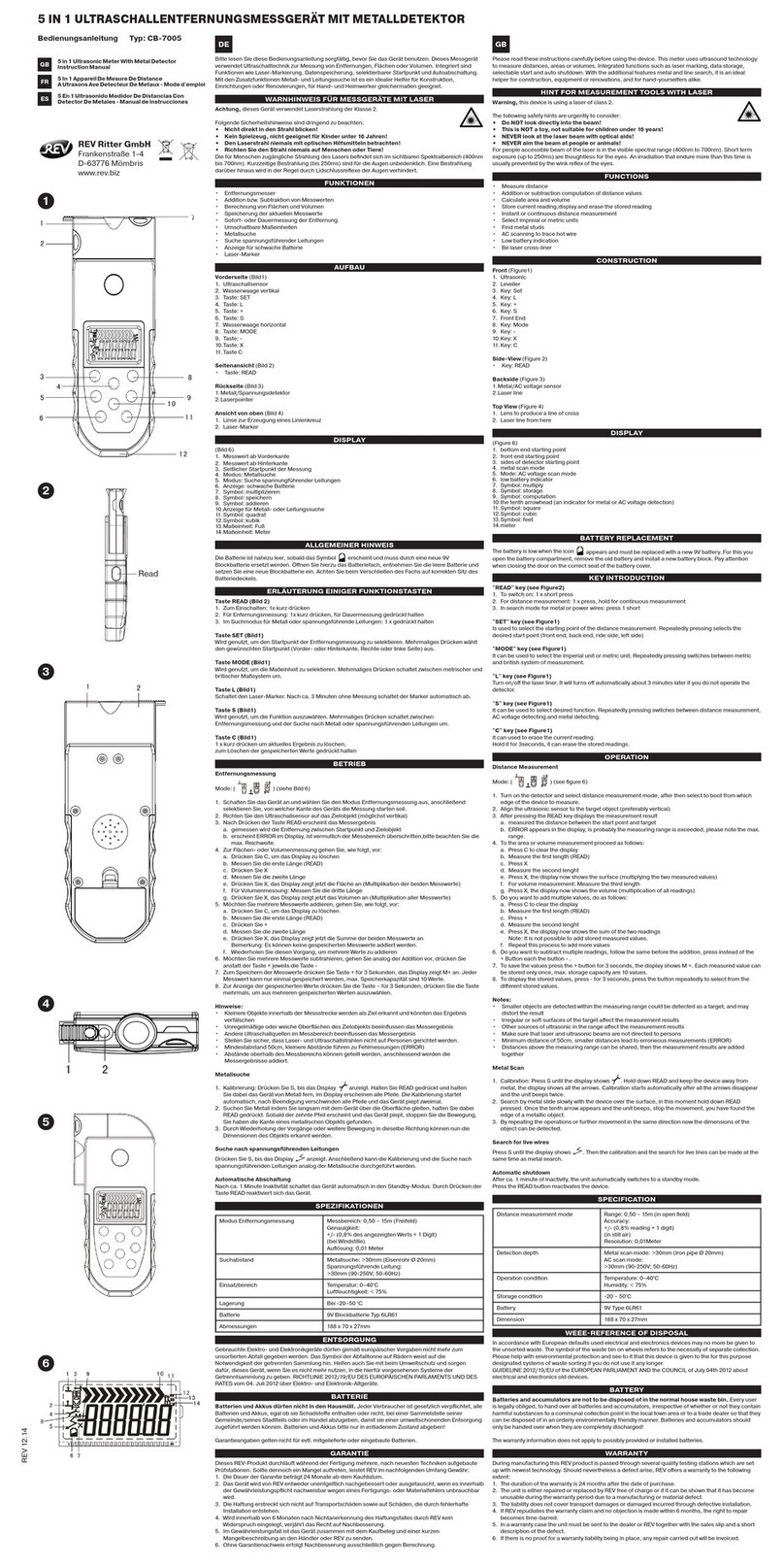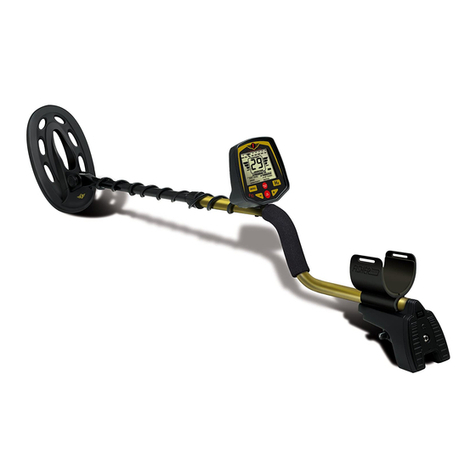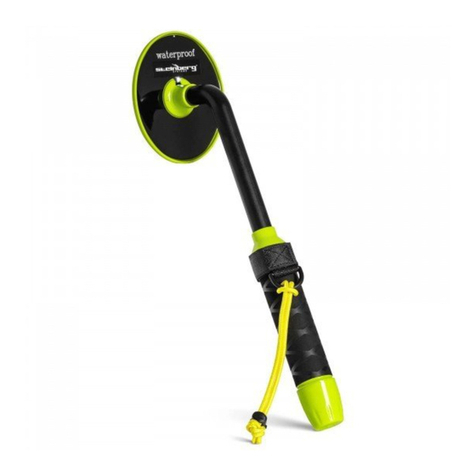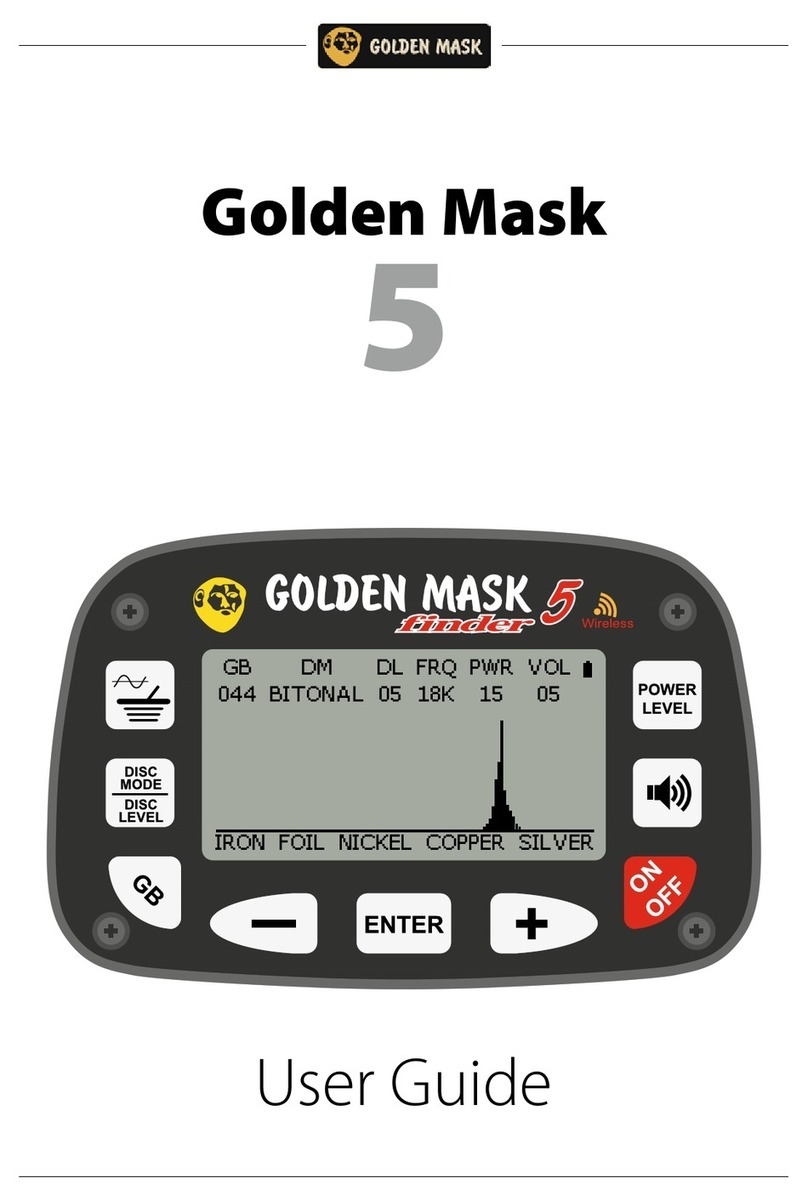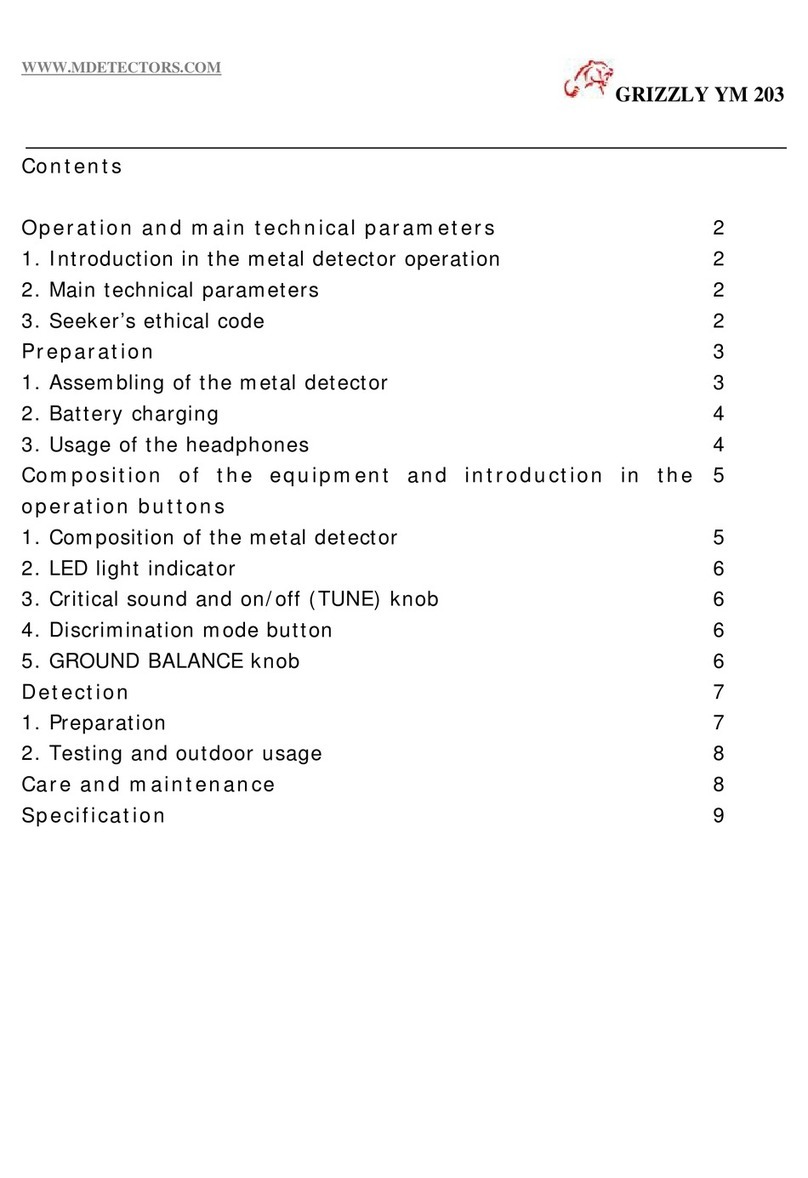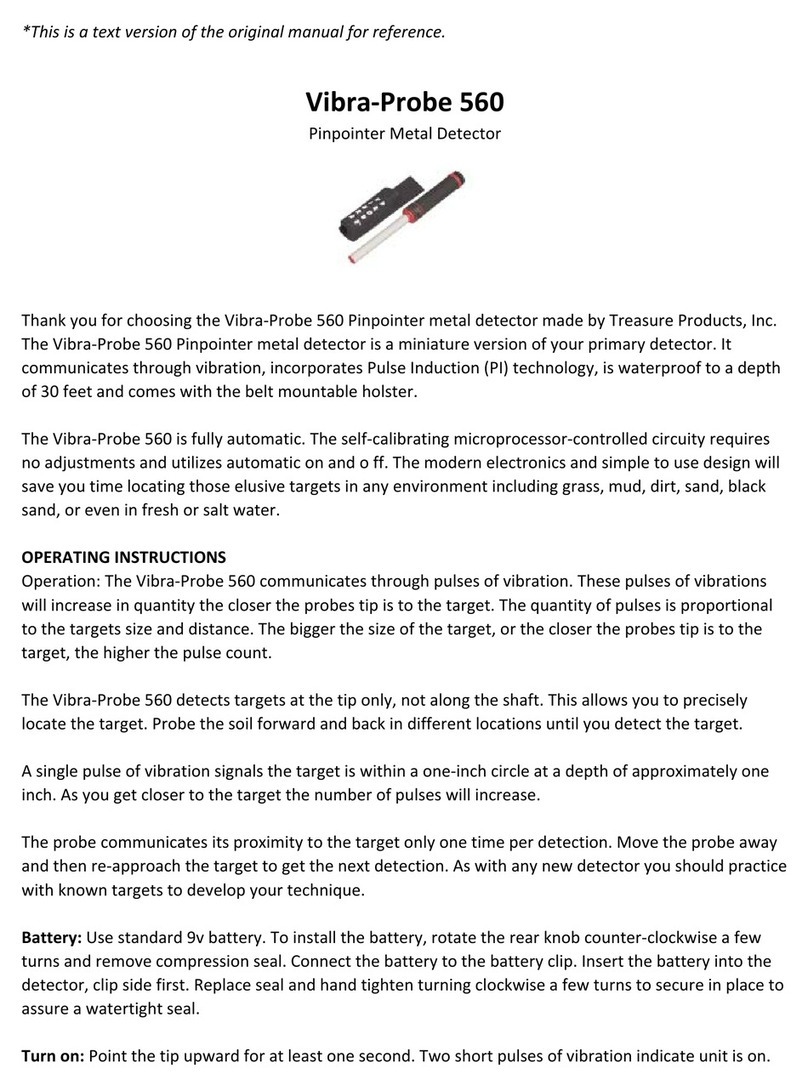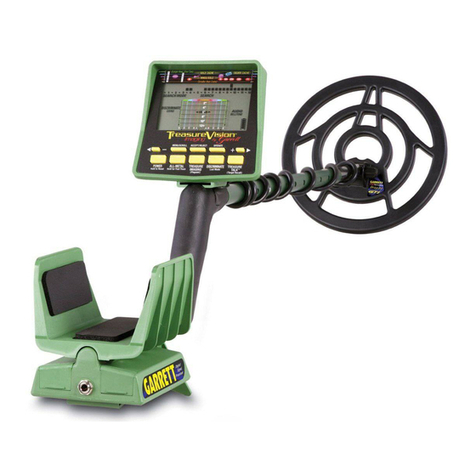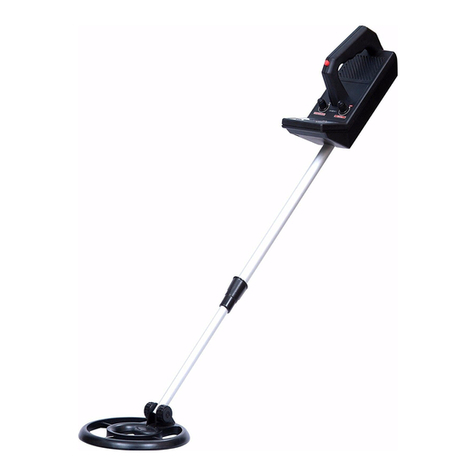3
Table of contents
1 Introduction ........................................................................................................................................... 7
1.1 Preface ........................................................................................................................................... 8
1.2 Important Notes ............................................................................................................................. 9
1.2.1 General Notes ........................................................................................................................ 9
1.2.2 Possible Health Hazards ......................................................................................................... 9
1.2.3 Surrounding Area ................................................................................................................... 9
1.2.4 Voltage ................................................................................................................................... 9
1.2.5 Data safety ........................................................................................................................... 10
1.3 Maintenance and Services ........................................................................................................... 10
1.4 Danger of E plosion during E cavation ....................................................................................... 10
2 Technical specifications ....................................................................................................................... 13
2.1 Control unit .................................................................................................................................. 14
2.2 Wireless data transfer .................................................................................................................. 14
2.3 Computer, minimum requirements ............................................................................................... 14
3 Scope of delivery .................................................................................................................................. 15
4 Data transfer via bluetooth .................................................................................................................. 17
4.1 Installation of bluetooth software ................................................................................................ 18
4.1.1 Install software and driver ................................................................................................... 18
4.1.2 Configurate bluetooth dongle ............................................................................................... 20
4.1.3 Setup connection .................................................................................................................. 23
4.2 Uninstall bluetooth software ........................................................................................................ 23
5 Control elements .................................................................................................................................. 25
5.1 Control unit .................................................................................................................................. 26
5.2 Bluetooth Headphones ................................................................................................................. 27
6 Assembly .............................................................................................................................................. 29
7 Operating modes .................................................................................................................................. 32
7.1 Live Sound ................................................................................................................................... 35
7.1.1 Preparing live sound ............................................................................................................ 35
7.1.2 Enable search coil ................................................................................................................ 36
7.1.3 Conducting a scan ................................................................................................................ 36
7.2 Ground Scan ................................................................................................................................ 38
7.2.1 Preparing a ground scan ...................................................................................................... 38
7.2.2 Select detector orientation ................................................................................................... 39
7.2.3 Enable search coil ................................................................................................................ 40
7.2.4 Conducting the measurement .............................................................................................. 40
7.3 Live Scan (horizontal) .................................................................................................................. 42
7.3.1 Preparing a horizontal live scan ........................................................................................... 42
7.3.2 Conducting the scan ............................................................................................................. 43
7.4 Live Scan (Ultrasound) ................................................................................................................. 44
7.4.1 Preparing a horizontal live scan ........................................................................................... 44
OKM GmbH
www.okmmetaldetectors.com
